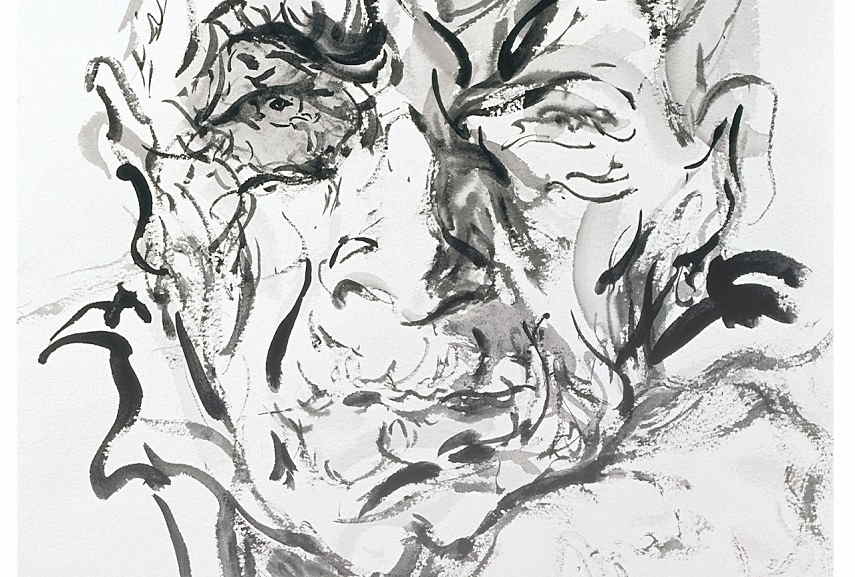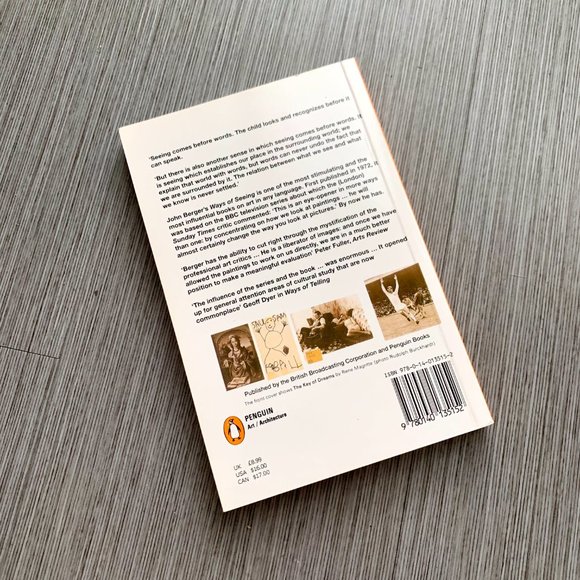

So too, Berger appeals to this need to place confidence into the hands of the public by de-mystifying the artistic interpretive experience. Again, teachers could draw parallels to other historical figures, like the great knowledge democratiser William Buchan, whose critically important 18 th century work “Domestic Medicine” opens with a cry to de-mystify medicine, lest the general public find themselves swindled by quackery. The language in which art experts have dressed the appreciation of ideas made image has, in Berger’s words, mystified art. Our inclination to devalue our own experience is at the heart of Berger’s concerns. His exercise in zooming into paintings, showing only a portion of them, or putting them to music will be appreciated by digital age students. It’s difficult not to be struck by the concept of “memes” that identifies itself so readily, and by Berger’s insistence that this is naturally expected in the media realm of transmittable art.

#John berger ways of seeing review tv
While Berger doesn’t make this connection in the tv series, it’s a great point to get students thinking about just how far back our relationship with image manipulation goes.īerger’s strength is in putting the art before us, and demonstrating the various ways that it can be manipulated by allowing us to experience it first hand. But I think its also useful for teachers to know that this insight can also be found in the pages of Plato’s Phaedrus.

It’s highly pertinent to digital age life. We can find our place as citizens of a digital age world at the end of a long evolution of media development.īerger demonstrates the helplessness of image and the easy way in which image can be de-contextualised. With the benefit of half a century’s hindsight (the show debuted in 1972), its refreshing to know that many of the challenges we face now were not unthinkable, or even entirely novel, fifty years ago. The passion to help us understand the ways in which our perception of the world is increasingly shaped by the media around us looms large in the opening episode of Berger’s presentation. There was also a book later released, based on the series. The work is broadly accessible, and widely available on YouTube. Teachers of all areas will find the work interesting, but it could be especially useful in Art, History, Media, and English Language Arts classrooms. My review of each episode below highlights some of the content, my thoughts and ideas that teachers might find interesting, and areas that might be useful to the digital age classroom experience. As the arguments are clearly structured and well-organised however, it would be easy to show excerpts to a class. discussions of gender identity in the works of Caravaggio, the general treatment of women, and the impact of colonialism). There are nudes.) Other parts of the work may need some gentle framing to assist student’s understanding (ie. Teachers should obviously review the documentary’s content before classroom use, as parts of it may be challenging viewing for younger or sensitive audiences. The work culminates in a study of media literacy, and we’re led to understand where many of our ideas about publicity, celebrity, and advertising originate. Ways of Seeing: BBC’s classic production, released in 1972, nearly 50 years ago, presciently helps us appreciate the nature of our digital age world, by exploring the cultural inheritances in the west that have shaped our views.Ī terrific educational resource, with clearly articulated and accessible arguments and insights, teachers can easily adopt and adapt Berger’s techniques and re-produce his oil painting examples in their own classrooms.


 0 kommentar(er)
0 kommentar(er)
